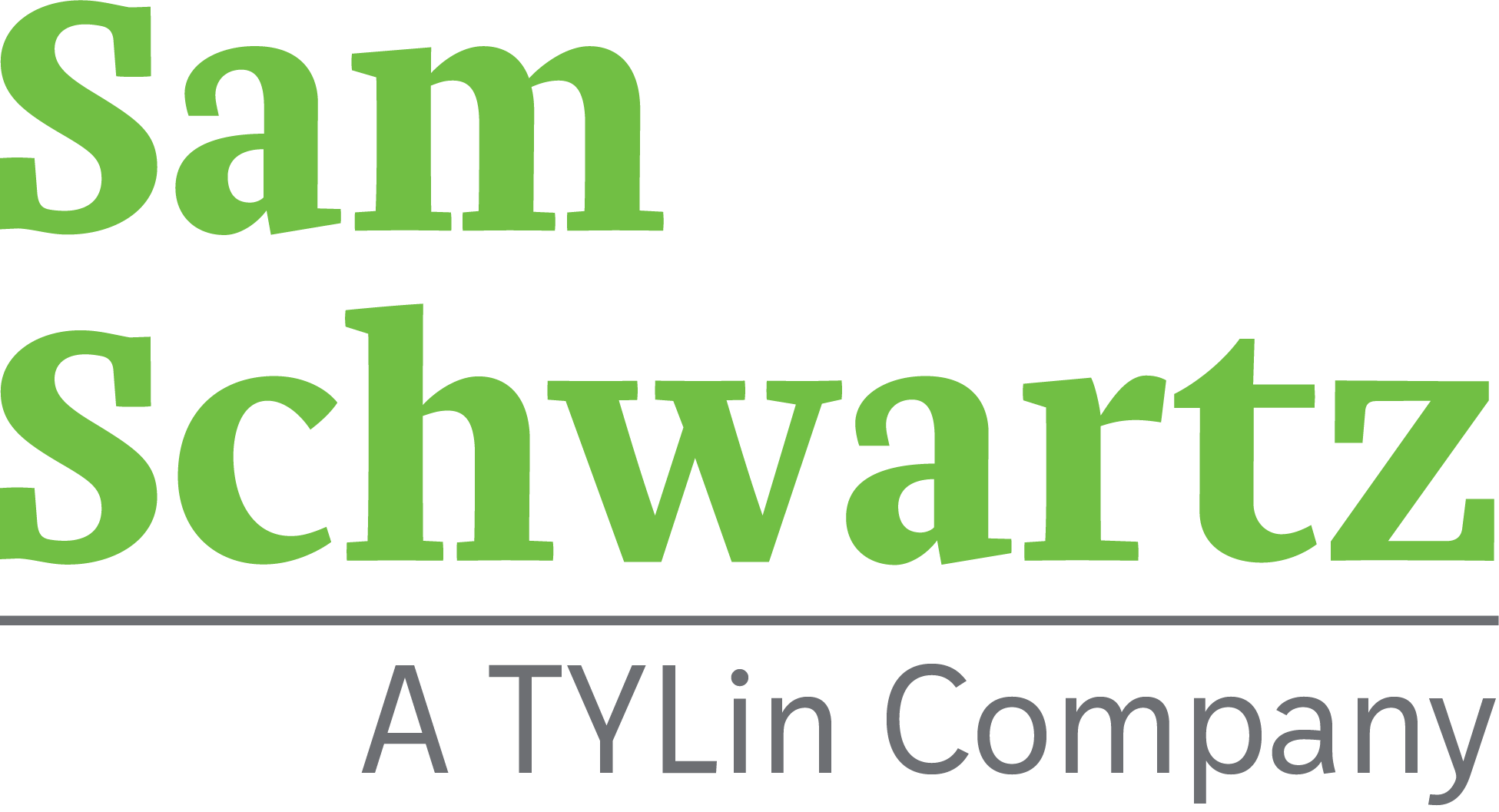Location
New York, NY
Client
Lyft, Inc.
Services
New Mobility
Micro Mobility
Transportation Planning
Urban Planning + Design
Public Outreach
Citi Bike Expansion Phase 3 Site Selection
Sam Schwartz was retained by Lyft to assist with selecting potential bikeshare station locations in the outer boroughs of New York City for Citi Bike’s Phase 3 expansion. For Phase 3, the team specifically surveyed communities home to larger groups of residents of color and lower-income residents. These expansion areas included Manhattan from Harlem to the northern tip of the borough, the Bronx from Mott Haven to Van Cortlandt Park, Queens from Long Island City and Astoria to Flushing Meadows Corona Park, and Brooklyn from South Slope to Bay Ridge and from Crown Heights to East Flatbush and Brownsville.
The team worked in close consultation with NYCDOT to conduct fieldwork to inventory streetscape information and identify potential new bikeshare station locations. Candidate locations were selected to ensure unrestricted 24/7 public access, maximize visibility and connection with the existing/planned bicycle network, and avoid interference with existing curbside uses such as bus stops, fire hydrants, curb cuts, etc. Other consideration factors included minimum sidewalk clearance, land use compatibility, and overall bicycle safety. Field data collected for each candidate bikeshare station site were then entered by Sam Schwartz into an ArcGIS database and reviewed with NYCDOT.
Sam Schwartz supported Lyft and NYCDOT throughout the entire station siting effort for Citi Bike’s Phase 3 expansion. Sam Schwartz also supported the public outreach effort by facilitating community workshops and processing post-workshop results for further analysis and to assist in overall bikeshare system planning. These community workshops were hosted by NYCDOT in each of the affected community boards to solicit feedback from the public. Potential bikeshare station locations were plotted on printed maps and shared with attendees in small groups where they were able to provide direct feedback.

